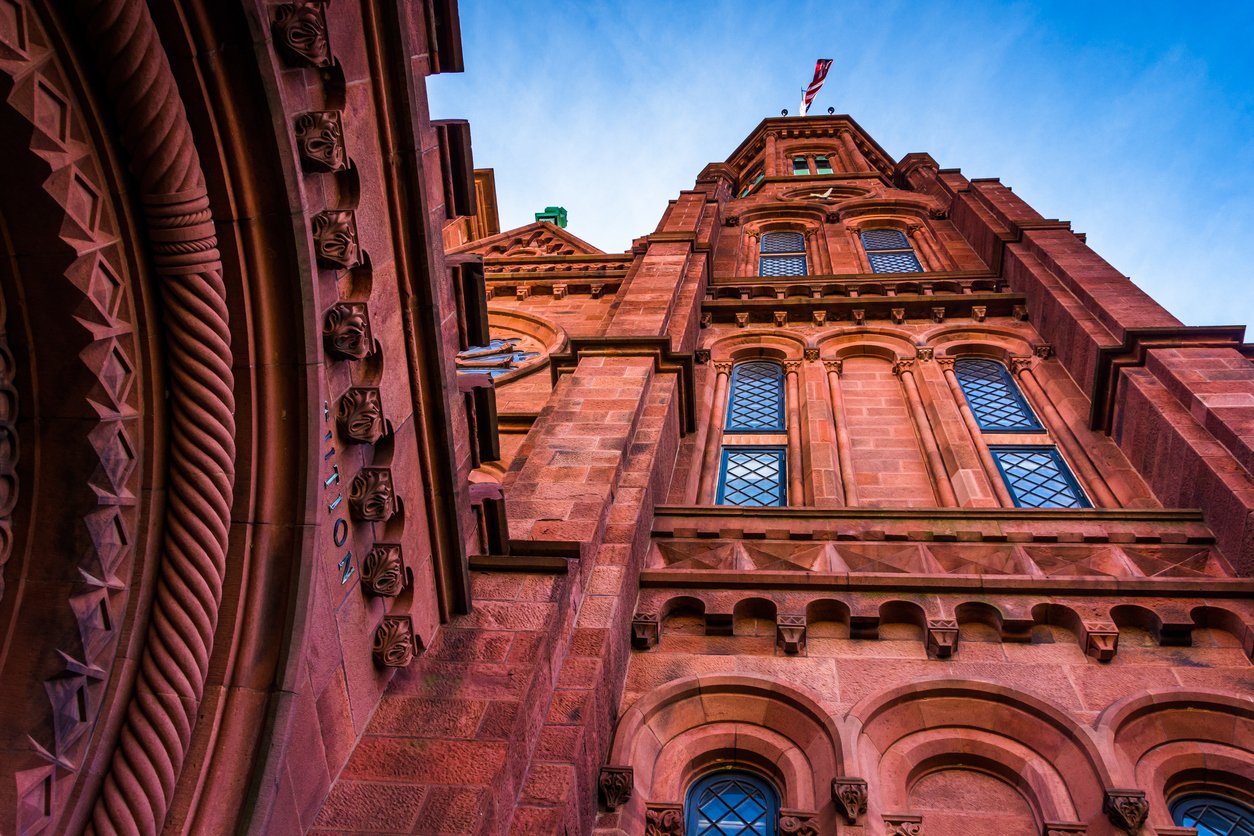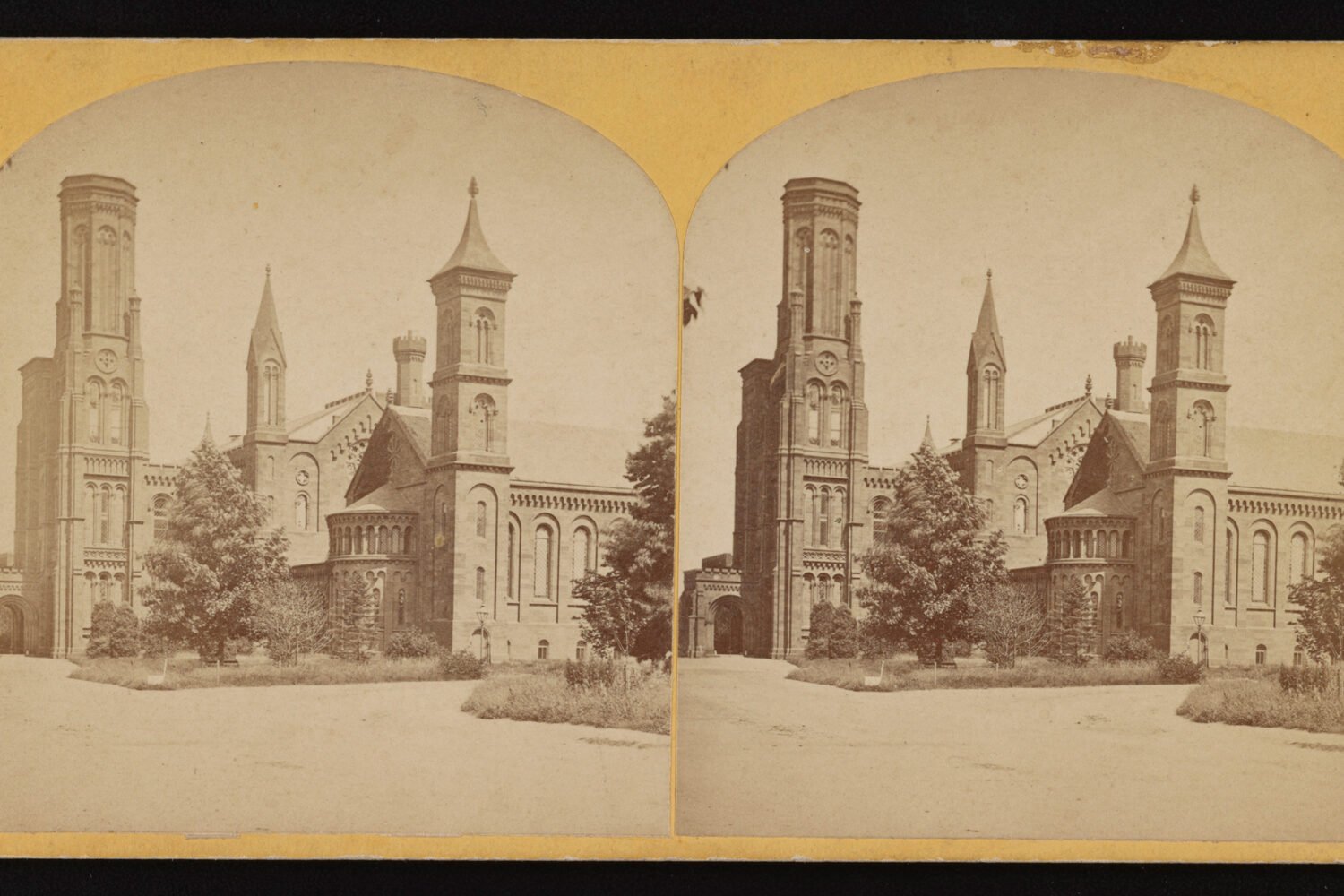Have an influential woman in your life whose story deserves to be told? The Smithsonian American Women’s History Museum is listening.
The young museum, which was approved by Congress in 2020, recently launched a campaign that invites Americans to share a story of a woman “from their family, community or past who has inspired them to think differently.” The stories will eventually help shape the museum’s first-ever digital exhibition, which is anticipated to go live during Women’s History Month in March.
“One of the things we’ve learned over the last few years is that Americans are really interested in sharing stories about the women in their lives,” said the museum’s interim director, Melanie Adams. “The museum will of course have the stories of famous women but also it will have the stories of everyday women, so this really allows us to reach out to the public and gather their stories.”
Whether the inspiring woman is living or dead, a relative or a community member, those interested in sharing can submit their story, along with the option of adding a photo or video, on the museum’s website here.
It will likely be a decade or so before the women’s history museum is up and running inside a brick-and-mortar location, says Adams. After all, the yet-to-be-built museum is still working on securing a physical home for itself on the National Mall, having announced its preferred sites last year. And, much like the National Museum of African American History and Culture had to do in its early years, the women’s museum will be building its physical collection from scratch.
Though the museum is still creating its collection policy, Adams says she could envision the museum doing something similar to the NMAAHC, which had encouraged the American public to share any historic items they may have. “[The NMAAHC] created such a great template, essentially asking people to look in their attics, in their basements, at what they have to tell the stories,” says Adams.
In the meantime, the museum, which has roughly 20 people on staff, has been “up and running” via its website and public programming hosted at other museums, says Adams. “We say the museum started existing with the legislation.”
















